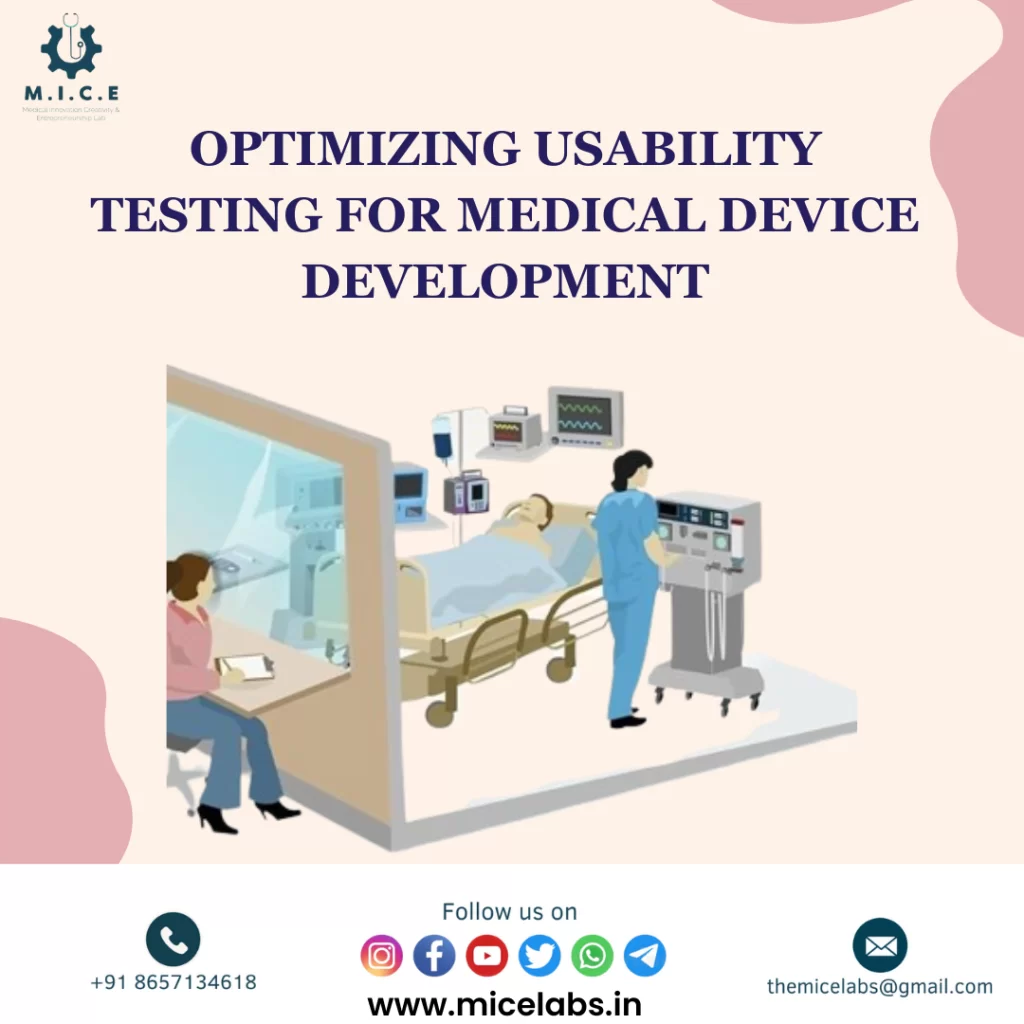In the realm of medical device development, ensuring optimal usability is paramount to the success and safety of the product. Usability testing plays a crucial role in identifying user interface issues, improving user experience, and ultimately enhancing patient outcomes. In this blog, we’ll explore the importance of usability testing in medical device development, along with tips, tricks, and resources for beginners to navigate this essential process.
Importance of Usability Testing: Usability testing involves evaluating a medical device’s ease of use, efficiency, and user satisfaction through real-world scenarios and user feedback. By conducting usability testing early and iteratively throughout the development process, manufacturers can identify usability issues, validate design decisions, and make necessary improvements to enhance product usability and safety.
Key Benefits of Usability Testing:
- Identifying User Needs: Usability testing helps developers understand user needs, preferences, and pain points, ensuring that the device meets the requirements and expectations of its intended users.
- Enhancing Patient Safety: Usability testing helps identify potential errors or hazards that could compromise patient safety, allowing developers to implement safeguards and mitigations to minimize risks.
- Regulatory Compliance: Regulatory bodies, such as the FDA, require usability testing as part of the medical device development process to ensure product safety and effectiveness, making it essential for obtaining regulatory approval.
- Reducing Costs and Time to Market: By addressing usability issues early in the development process, usability testing helps prevent costly design changes and delays, ultimately accelerating time to market and reducing development costs.
Tips to optimize usability testing:
- Define Clear Objectives: Clearly define the goals and objectives of the usability testing process, including the target user population, tasks to be performed, and metrics for evaluation.
- Recruit Diverse User Groups: Include a diverse range of users representative of the device’s intended user population, considering factors such as age, gender, language, and level of experience.
- Create Realistic Scenarios: Develop realistic user scenarios and tasks that simulate typical use cases and workflows, allowing testers to provide meaningful feedback on the device’s usability.
- Iterate and Iterate: Conduct usability testing iteratively throughout the development process, incorporating user feedback and making iterative improvements to the device’s design.
Incorporating usability testing into medical device development requires dedication, attention to detail, and a user-centric mindset. By following best practices, leveraging resources, and prioritizing user feedback, developers can create medical devices that are intuitive, safe, and effective, ultimately improving patient outcomes and enhancing healthcare delivery.
For more information on usability testing and medical device development, visit http://www.micelabs.in or contact us at info.micelabs@gmail.com

